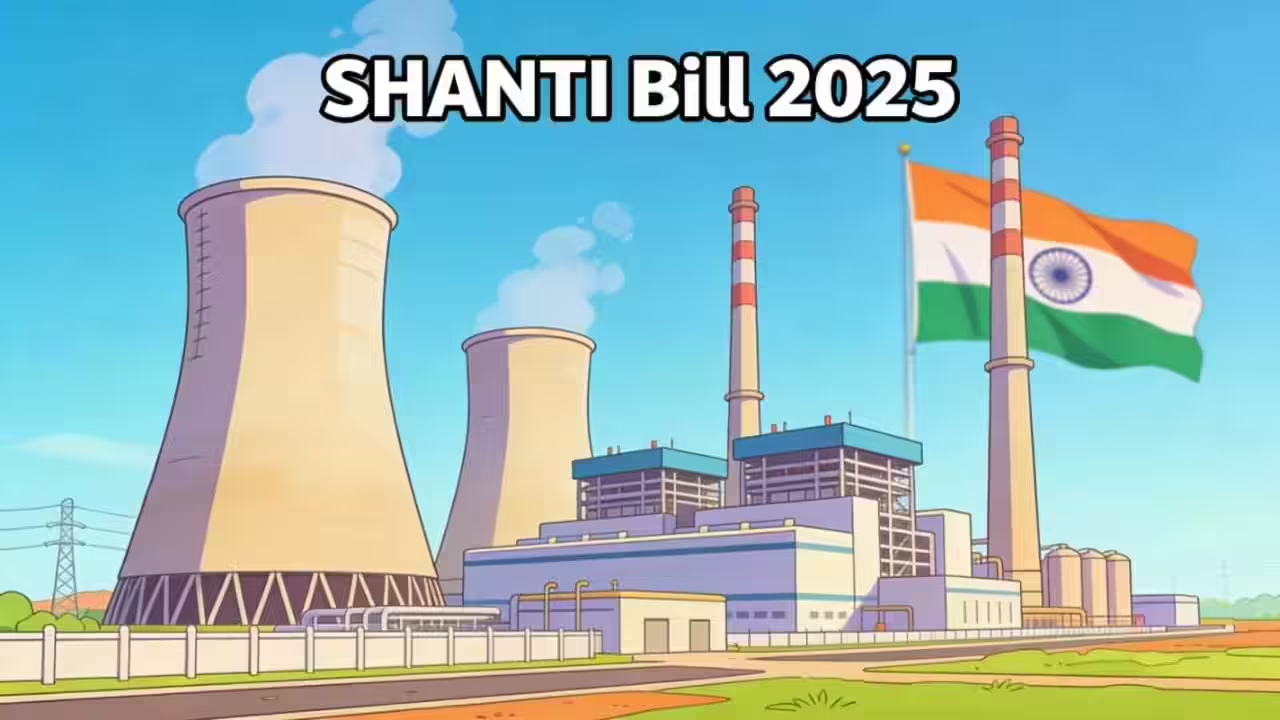Font size:
Print
The Case for a New Industrial Policy
Context
India needs a robust industrial policy to facilitate sustained economic growth and establish itself as a global manufacturing hub. This resurgence is influenced by global shifts in market approaches, technological disruptions, and geopolitical competition.
What is Industrial Policy?
- Definition: Government interventions aimed at altering the composition of economic activities to achieve public objectives.
- Objectives: Enhance innovation, increase productivity, support climate transition, improve labor outcomes, reduce regional disparities, and expand export capacity.
- Selectivity: Involves prioritising certain sectors for structural transformation while potentially deprioritising others.

Need for Industrial Policy: Excessive intervention can lead to inefficiencies and market distortions, while a laissez-faire approach may neglect market failures.
- The goal is a balanced regulatory nudge to correct market failures without stifling growth.
Evolution of Industrial Policy in India:
- 1947-1980: Era of State Control and Import Substitution–
- 1951: Industries (Development and Regulation) Act established the “licence-permit raj.”
- 1969: Monopolies and Restrictive Trade Practices (MRTP) Act to prevent economic power concentration.
- 1973: Foreign Exchange Regulation Act (FERA) restricted foreign investment.
- 1980-1991: Gradual Liberalisation–
- 1980: Industrial Policy Statement emphasised competition and technology upgradation.
- 1985: Relaxation of licensing for some industries and reduction in tariffs.
- 1991-2014: Economic Liberalisation and Globalisation–
- 1991: New Industrial Policy removed licensing for most industries and allowed automatic FDI approval up to 51%.
- 2005: SEZ Act to promote exports and FDI.
- 2014-Present: Make in India and Self-Reliance–
- 2014: Make in India initiative aimed at global manufacturing leadership.
- 2016: Startup India promoted innovation and entrepreneurship.
- 2020: Production Linked Incentive (PLI) Scheme to boost domestic manufacturing.
Policy Interventions to Foster a Manufacturing Hub:
- Innovation and Knowledge Spillovers: Government support for innovation can drive sustained economic growth.
- Learning and Technology Transfer: Government support is essential for endogenous learning and innovation, as seen in Japan and Germany’s high-tech sectors.
- Address Market Imperfections: Target inefficiencies in R&D and infrastructure to encourage private sector investment.
- Active Industrial Policies: Effective industrial policies, as evidenced by China’s high-tech investments and East Asia’s rapid industrialisation, can boost productivity.
- Avoid Premature Deindustrialisation: Ensure that manufacturing productivity gains are fully exploited before transitioning to a service-based economy.
- Align Economic Growth with National Security: Prioritise strategic sectors like defence and telecommunications to enhance national security.
Present Issues with India’s Industrial Sector:
- Skill Mismatch: Significant gap between industry needs and workforce skills.
- Slow Technology Adoption: Lag in technology adoption leads to lower productivity.
- Inadequate R&D Investment: Lack of sufficient R&D hampers innovation.
- Regional Disparities: Uneven industrial development across states.
- Limited Credit Access: Difficulty for industries, especially MSMEs, to access credit.
- Inadequate Infrastructure: Insufficient infrastructure to support rapid industrial growth.
- Inverted Duty Structure: Higher tax on input materials compared to finished goods.
- Limited Global Value Chain Integration: Low participation in global value chains.
- Insufficient Export Promotion: Need for more robust export-oriented policies.
Way Forward
- Address Skill Gaps: Expand and modernise training institutes and implement apprenticeship schemes.
- Improve Infrastructure: Implement policies to reduce logistics costs, expand internet access, and develop smart cities.
- Regulatory Reform: Simplify business approvals, modernise labour laws, and strengthen IP laws.
- Export Promotion: Targeted schemes and favourable trade agreements to boost exports.
- SME Support: Expand credit guarantees, promote digital adoption, and foster SME clusters.


